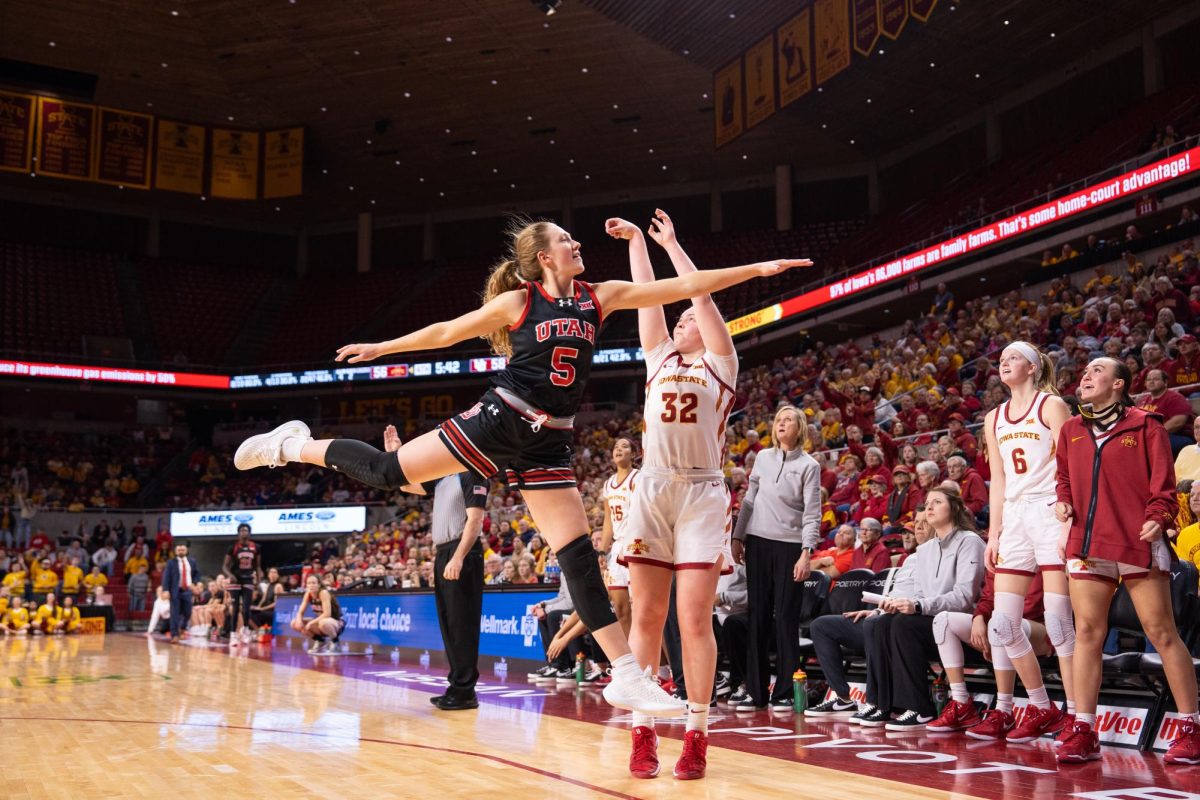ISU professor weighs in on farm bill
September 27, 2006
An ISU economics professor took action in Congress last week, telling government officials to consider alternative support systems in farm policy.
Bruce Babcock, professor of economics and director for the Center for Agricultural and Rural Development, was one of five people chosen to sit on a panel of agricultural economists before the House Committee on Agriculture’s Subcommittee on General Farm Commodities and Risk Management.
Babcock testified before Congress that creating a target revenue program combining both price and yield supports would provide farmers with better risk protection at a lower cost to U.S. taxpayers.
The Farm Service Agency currently administers programs compensating farmers when prices are low, while the Risk Management Agency provides crop insurance programs to make payments when yields are low.
“The [agency’s] marketing loan program under-compensates farmers with low yields and over-compensates farmers with high yields,” Babcock said in his statement to Congress.
Babcock said agency crop insurance covers less than 60 percent of expected market values. This level of coverage cost taxpayers $15.1 billion between 2001 and 2005. Of that $15.1 billion, $6.3 billion went to operating expenses and underwriting gains to crop insurance companies.
“It has cost taxpayers $1.71 for each dollar of producer benefit from the crop insurance program,” Babcock said.
Babcock said replacing the programs with one “target revenue” program based on countywide revenues would reduce administration costs and provide farmers with support payments that more accurately reflect their needs.






